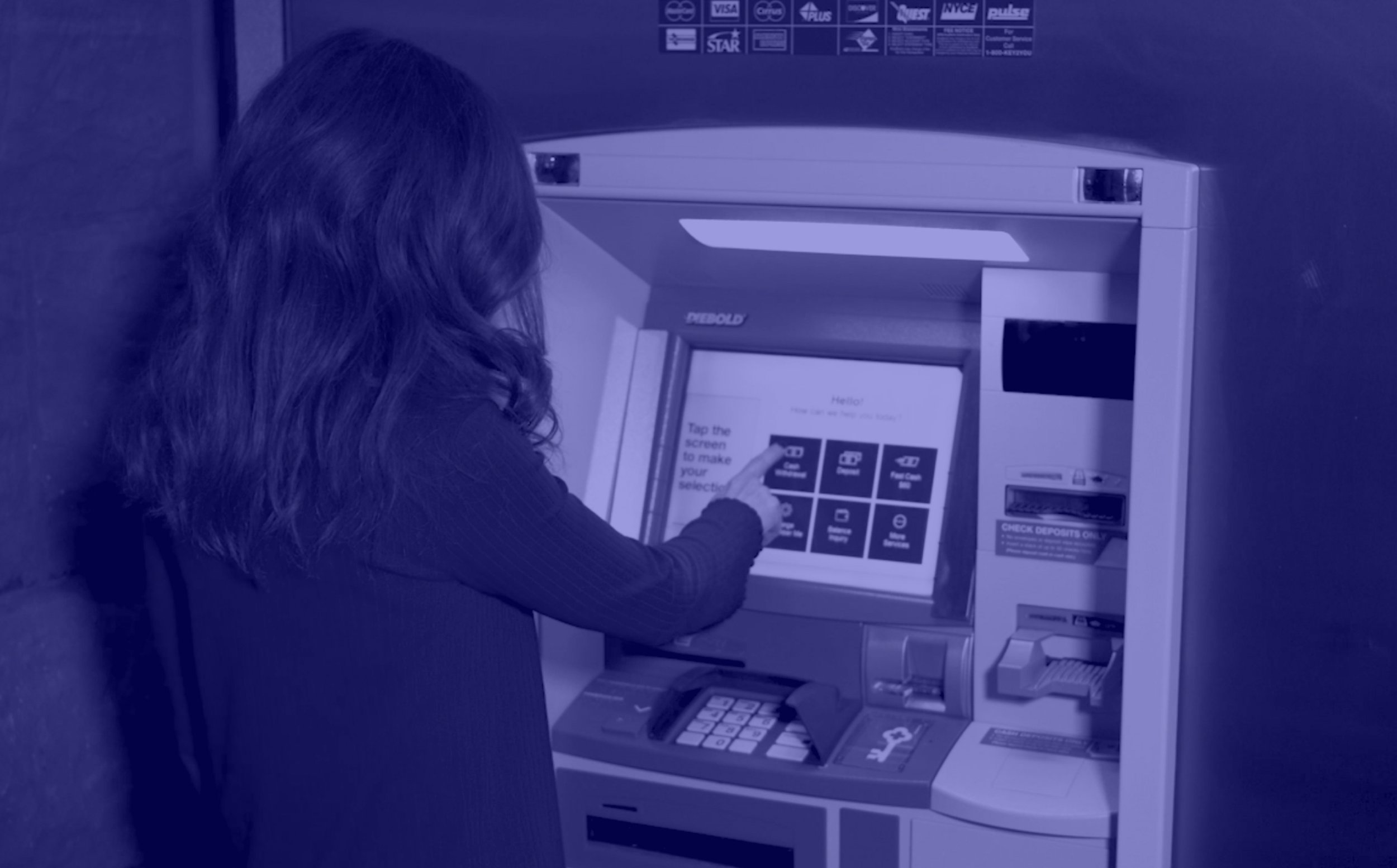Innovating at the ATM
New touch-screen software had been rolled out to an ATM fleet with legacy hardware. Customers, used to a physical button navigation, struggled with the new experience. Client satisfaction scores plummeted, hardware issues such as system timeouts and erroneous card retention spiked, and branch employees were spending significant time triaging client problems. The identified remediation plan was a 6-12 month project with an estimated cost of $12 million.
A Key Design Studio engagement brought together a cross-functional team for ideation and innovation that could provide a faster, and less costly, path forward. They began by analyzing transactional, behavioral, and voice-of-client data and conducting rapid, cross-functional, ideation. Potential solutions were prioritized using the Desirability, Viability, and Feasibility (DVF) Framework; the winning idea was a mirrored “fascia plate” to cover the defunct buttons.
A prototype was built and installed at 5 ATMs for rapid, real-time, testing. Banker and client feedback and observations were captured using “field test kits” and diaries. Testing results were analyzed and the prototype was modified accordingly. This prototype was used to develop functional specifications to manufacture mirrored fascia plates for 12,000 ATMs.
Three months later the new, mirrored, fascia had been rolled out to the entire fleet. The 6-12 month, $12 million, remediation project was no longer needed, the system and operational issues stopped, and there was an immediate lift to customer and banker satisfaction. The effort demonstrated the power of cross-functional teams working together and using design to solve tough business problems with innovative solutions. This work was also recognized with multiple global design and innovation awards.








